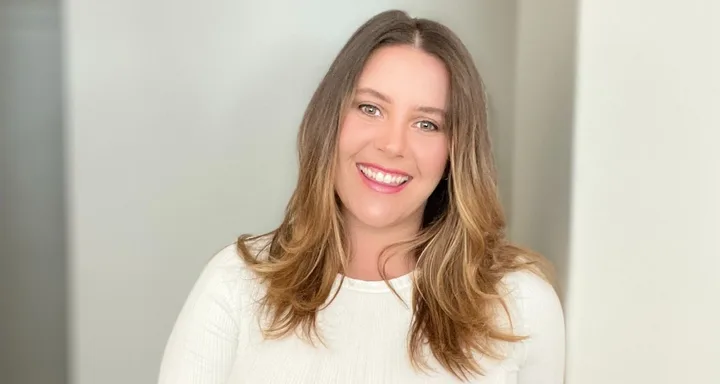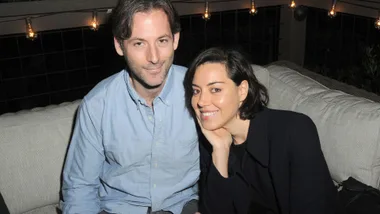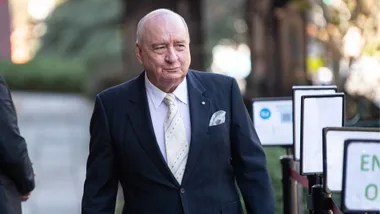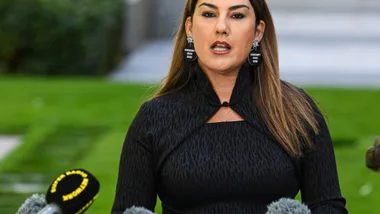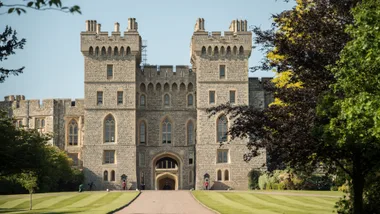There’s a photo of Camille Goldstone-Henry cuddling a mischievous-looking Tassie devil during a happy time working on a conservation project to protect the native species.
“They have identification numbers, but I named this one Hermione [after the Harry Potter heroine] because she’s a strong, young, female Tassie devil who is going to grow up to save the world,” she says, laughing.
As a little girl, Camille loved bushwalking with her parents around the NSW north coast, and ever since, this young Kamilaroi woman has cared deeply about protecting Australia’s unique native species.
“I have always had a really strong connection with nature,” she tells The Weekly. “I knew from a very young age that I wanted to work with animals when I grew up.”
But it was this very passion that left her feeling so dismayed when she started working in the field and discovered how under-resourced and thinly stretched most conservation efforts were.
Camille studied veterinary bioscience and worked on projects to save the Greater Bilby and the Tasmanian devil, but she became frustrated to the point of tears as she performed tasks that revealed the area was riddled with inefficiencies.
“Over 30 years of documents were literally on paper – that printing paper that had the holes on the side that you had to rip off,” she says, still wide-eyed and shocked by how fragile and impermanent these critical records were.
Later, a Tasmanian devil rewilding project had to be abandoned because of similar inefficiencies.
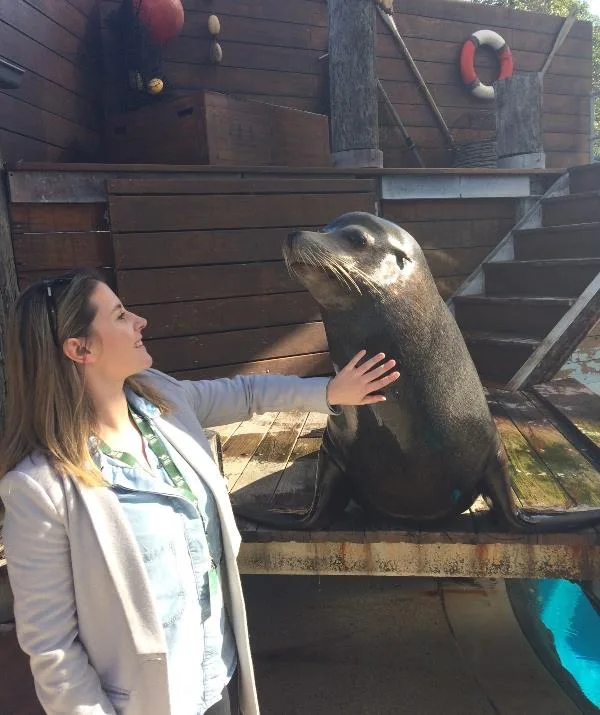
“We would print tables on A3 pages and I’d pop them in my suitcase and take them down to Tasmania with me and we’d all sit in this big boardroom with these big pieces of paper. They were lists of individuals in this Tassie devil population we were going to release, and we’d go through them and highlight who needed to go where. I thought, there has to be a better way to do this. Then there were huge floods in Tasmania and it took one of our release sites offline. It just threw the whole program into disarray because we had no flexibility. Everything was done so manually.”
Her work with the endangered, orange-bellied parrot took a particularly tough emotional toll.
“There are fewer than 200 left in the wild,” she says. “We had to make some really hard decisions. I was only 25 years old, and watching what was happening with this bird, I would honestly go home to the couch some nights and just cry. It was heartbreaking.”
In 2017, Camille made the difficult decision to leave conservation to try to make a difference using technology.
She came up with the concept for Xylo Systems, a cloud-based platform to connect, track and manage conservation projects. She hoped it would end duplication between projects and help scientists to instantly share discoveries and build common knowledge.
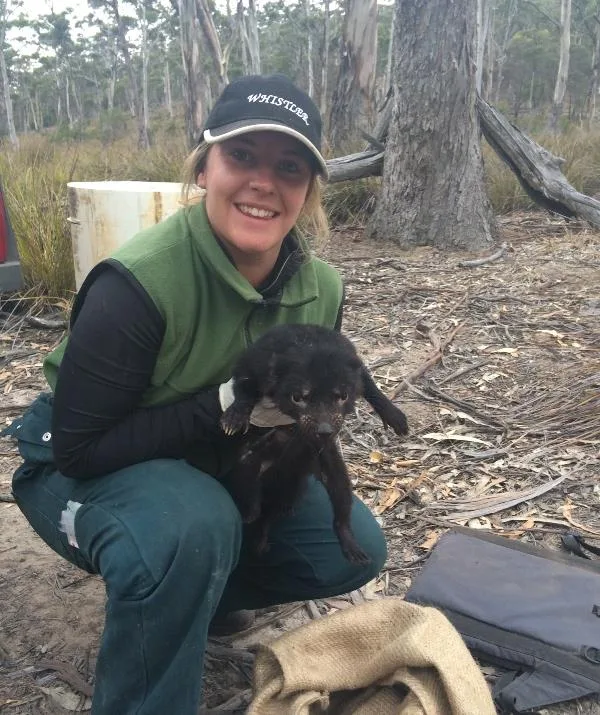
It might also encourage them to phase out those pesky pieces of paper. Camille’s dream is to use technology to make conservation projects more nimble and efficient, and therefore more effective.
She self-funded the project from the get-go and by the end of 2020 was a finalist in HATCH, the Taronga Accelerator Program, and the NSW government-backed Wild Idea Incubator. Camille hopes to soon have Xylo Systems ready to be piloted with Taronga Zoo, Victorian Conservation group Odonata and the NSW government.
“I had to get myself out of conservation to avoid conservation burnout, which is really common,” she says. “I’m glad I did because it gave me hope and it gave me drive to come back with innovative solutions.”
Xylo Systems recently received a grant from Taronga Zoo, where leaders have been full of praise for Camille’s innovative approach to saving threatened species.
“There are so many groups working on the same thing, sometimes competing for the same resources and funding,” says Director of Welfare, Conservation and Science Nick Boyle.
“There’s an opportunity for this to have a system that says: Group X is already working on this.”
Camille’s vision is to create a worldwide solution for conserving biodiversity and Australia’s iconic species.
“I dream of a future where my grandchildren can see koalas in the wild,” she says. “I’m passionate about bringing conservation and technology together to create a sustainable future for humans and animals.”
As our 2021 Women of the Future winner, Camille gets a prize valued at over $100,000, including a $40,000 investment in a 12 Month Term Account with La Trobe Financial.
Congratulations, Camille. We can’t wait to watch Xylo Systems, and our endangered species, go from strength to strength.
This article originally appeared in the Christmas Issue of The Australian Women’s Weekly.
